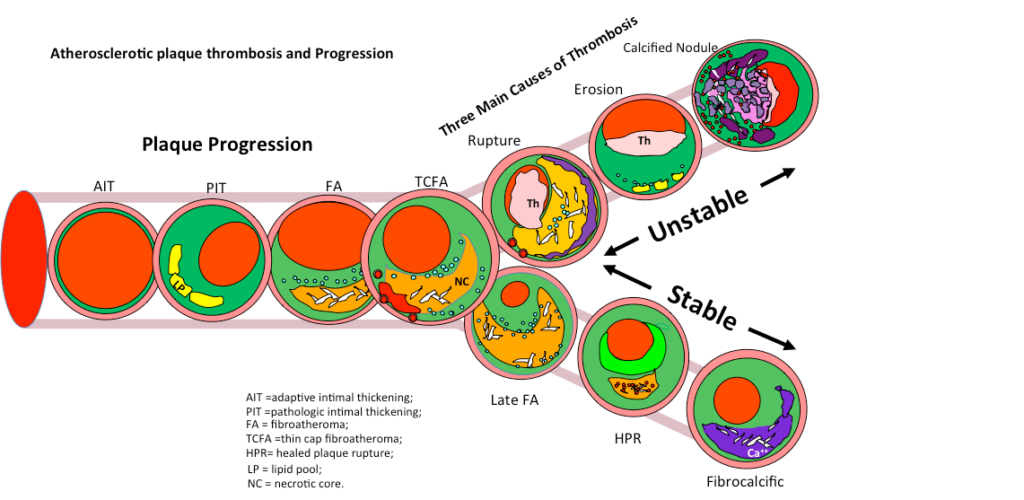Presentation Title: Atherosclerosis thrombosis and plaque progression
Prof. Renu Virmani presented this talk in the webinar on Materials Science, Engineering and Technology organized by Vebleo
Affiliation: President CVPath Institute Inc. 19 Firstfield Road, Gaithersburg, MD 20878, USA
Biography
Prof. Renu Virmani currently serves as the President of CVPath Institute, an independent non-profit organization in Gaithersburg, MD dedicated to the study of cardiovascular diseases from its inception in January 2005.
Prof. Renu Virmani ’s primary experience remains working in the field of cardiovascular pathology, in particular atherosclerosis and sudden coronary death, which extends well over 30 years with over 850 publications in peer-reviewed journals. Prior to establishing CVPath Institute Dr. Renu Virmani was Chair Dept of Cardiovascular Pathology at The Armed Forces Institute of Pathology, Washington, D.C. for 20 years. She had written and/or co-authored 7 books.
Prof. Renu Virmani has served as an Associate Editor for the Journal of Arteriosclerosis Thrombosis and Vascular Biology, and serves on the editorial board of high-impact cardiology journals such as Circulation, Journal of the American College of Cardiology, European Heart Journal, American Journal of Cardiology, and others.
Prof. Renu Virmani has received many awards for her work such as the Joint Service Commendation Medal for Outstanding Meritorious Service as Chief, Division of Cardiovascular Research, Armed Forces Institute of Pathology, Washington, D.C. in 1991; Ethica Award from the EuroPCR.
In 2006; Distinguished Achievement Award, Society for Cardiovascular Pathology in 2007; Doctor Honoris Causa, University of Antwerp in 2008; European Society of Cardiology ESC Andreas Gruntzig Lecture on Interventional Cardiology in 2008; Laennec Clinician/Educator Lecture Award from the American Heart Association in 2010; BAS Hugh Sinclair Lecture, British Atherosclerosis Society in 2011; Simon Dack Award from JACC Journals in 2012; TCT Career Achievement Award from the Cardiovascular Research Foundation in 2012; ICI 2013 Award, Innovations in Cardiovascular Interventions Award, Tel Aviv, Israel, in 2013; Beacon of Interventional Cardiology Award from India Live, Chennai, India in 2014; Female Luminary Award, the Society for Cardiovascular Angiography and Interventions Foundation, in 2016 and China Foundation Award, China Interventional Therapeutics (CIT) in 2017.
Abstract
Since the work on atherosclerosis performed during my followship at NHLBI, National Institutes of Health, I have continued to have a better and better understanding through a large collection of cases of sudden coronary death as a first manifestation of coronary artery disease.
At first by defining and characterizing human coronary plaque rupture, plaque erosion, calcified nodule and vulnerable plaque in sudden coronary death. Described the risk factors for the mechanism of plaque progression through repeated silent plaque ruptures and erosions in insignificantly narrowed arteries and through plaque hemorrhage.
Also, showed how plaque hemorrhage contributes to the presence of free cholesterol within necrotic cores, and the accumulation of erythrocyte membranes, which are rich in free cholesterol are responsible for most of the cholesterol crystals within necrotic cores.
We also, showed that hemorrhage occurred from leaky vasa vasorum, which proliferate as plaques enlarge and hypoxia is the likely mechanism contributing to the plaque angiogenesis. We have shown that calcification of atherosclerotic plaques leads to the stabilization of plaques.
We were the first to show rapid progression of in-stent atherosclerosis, especially with the use of drug eluting stents. Comparison of lesion progression in native atherosclerotic disease, atherosclerosis in saphenous vein grafts, and in-stent neoatherosclerosis provides insight into the pathogenesis of atheroma formation in natural and iatrogenic settings.
Graphical Abstract

This talk was delivered in the webinar organized by Vebleo